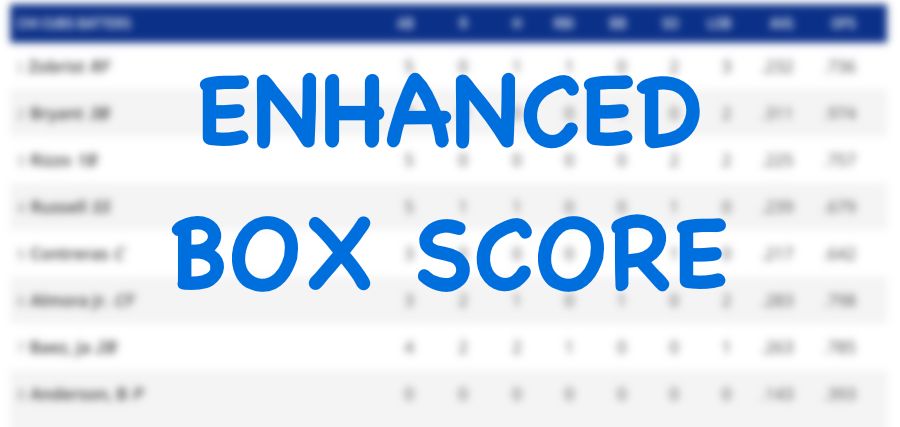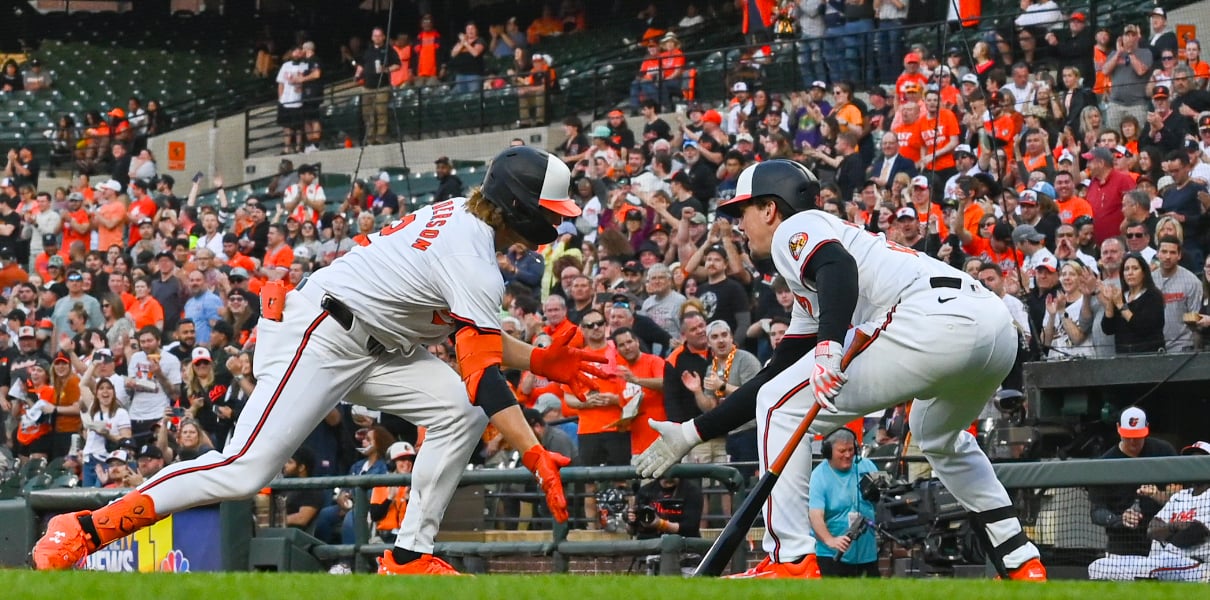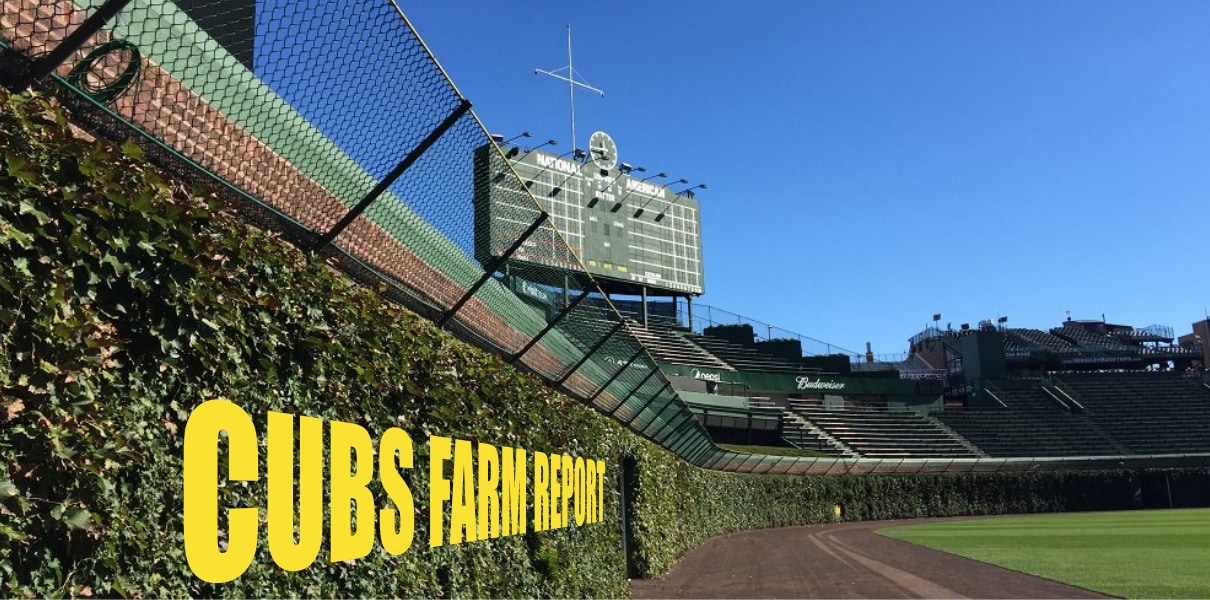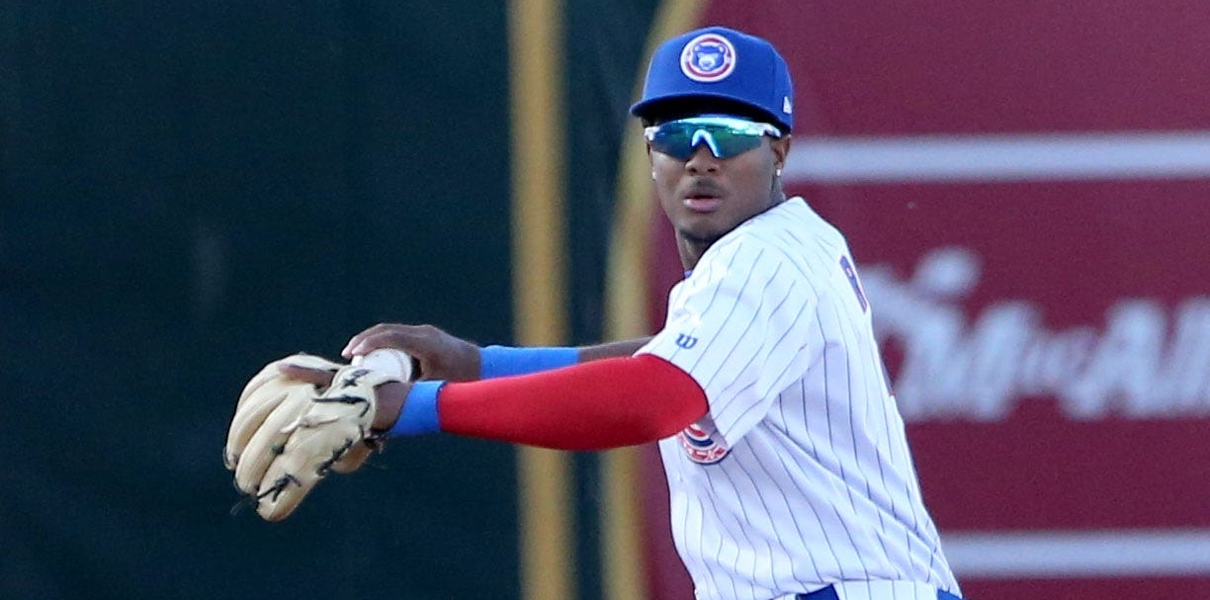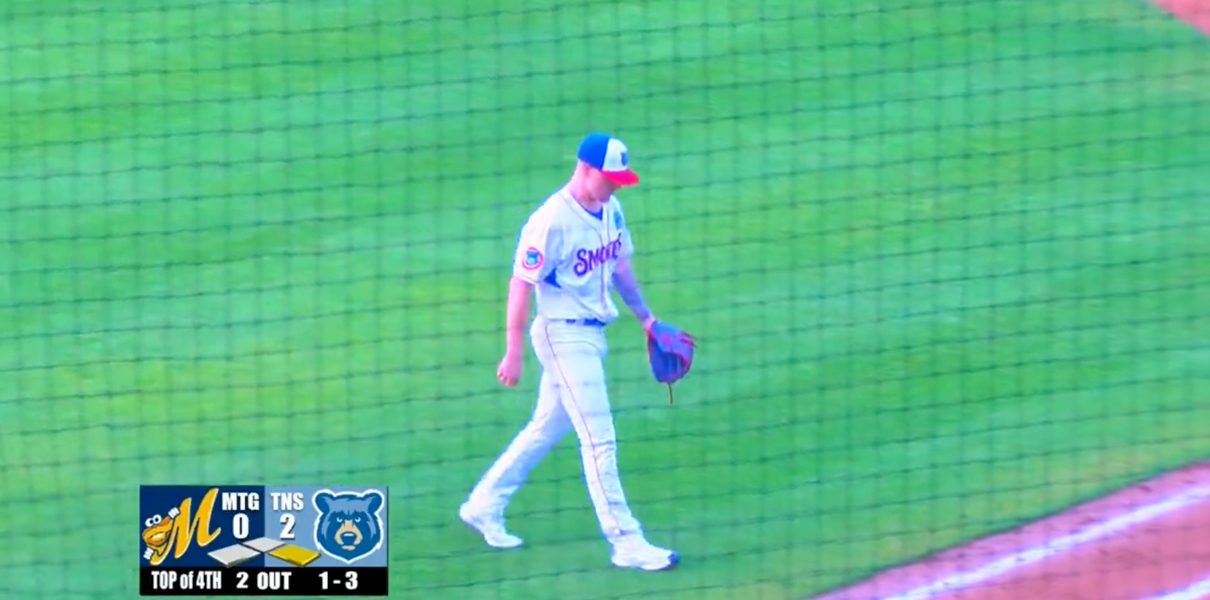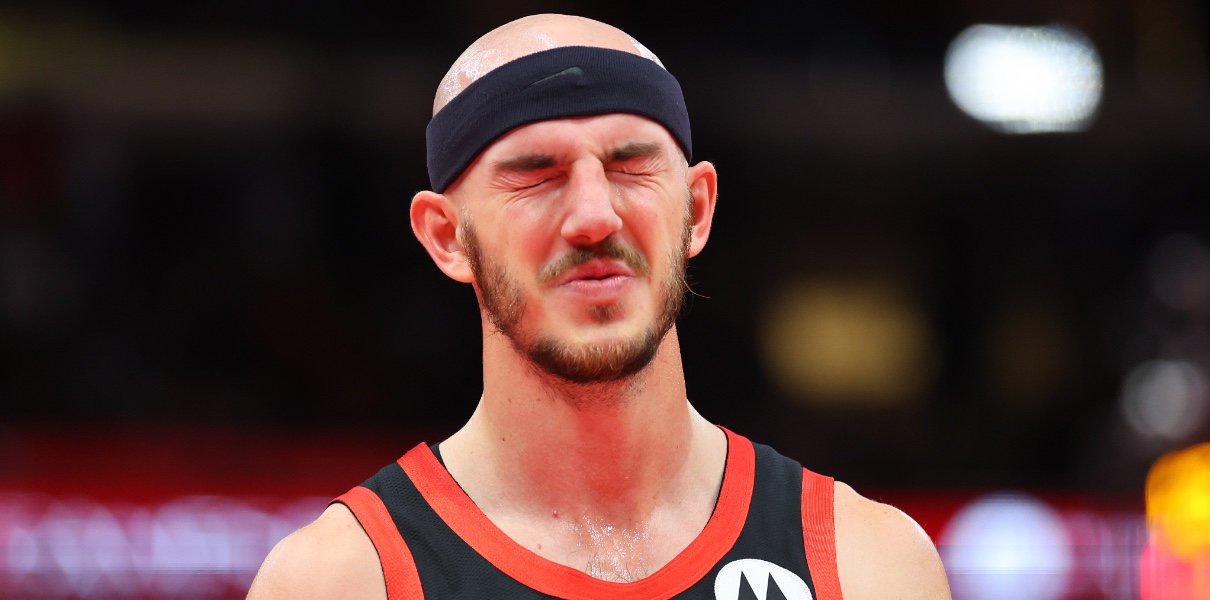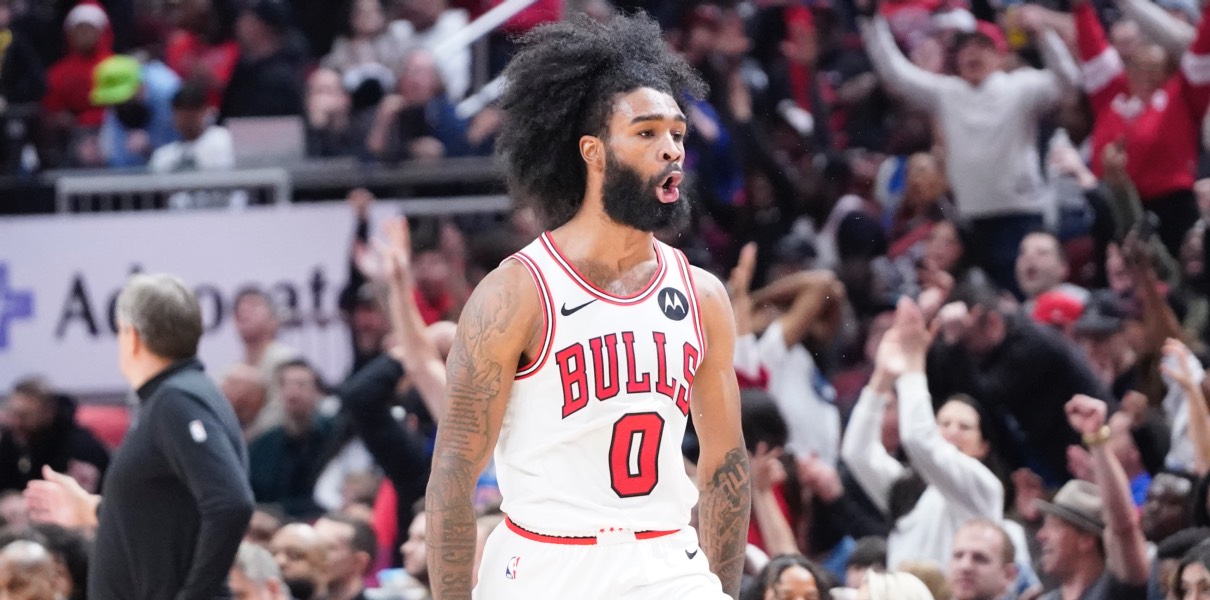At the front office/Joe Maddon press conference following the Yu Darvish press conference, the crew was understandably asked about Mike Montgomery, the lefty who has made no secret he wants to start full-time, and who was bounced from the projected rotation upon the arrival of Darvish.
Joe Maddon leaned largely upon his old truism that baseball often has a cruel way of answering those questions. And it’s true. Cubs fans have been spoiled by the uncommon health of the pitching staff in recent years, but consider this: in a given Spring Training plus, say, the first month of the season, let’s be generous and say each Cubs starting pitcher has a mere 10% chance of being injured and missing time. That means, collectively, the unit has a lower than 60% chance of staying entirely healthy through that first month. Up it to 15%? And the unit’s chances dip well below 50%. Injuries happen.
And if an injury (please only one at most!) strikes the Cubs early, they’ll be in better shape than most clubs, as Montgomery is about as good as a sixth starter gets.
Heading into Spring Training, Theo Epstein indicated that’s how Montgomery will be viewed:
My guess is that the Cubs do think about going with a 6-man rotation, if all healthy, for *some* stretches this year. Maybe not right out of the gate, but for some stretches. The benefits for health, production, and postseason are just so huge.
— Bleacher Nation (@BleacherNation) February 13, 2018
I don’t want to put words in Epstein’s mouth, because he flat-out said he was not saying the Cubs will have a six-man rotation. But what he said did not rule it out. Like my tweet there indicates, I do think the Cubs will utilize a six-man rotation at some point(s) during the season, because it allows you to give every starter extra rest for the long haul, can improve their effectiveness in their individual starts, can help rest the bullpen since the starters might be able to get an extra out or two, and also provides starts for a guy like Montgomery, who can give you more value over 100 innings than he can over just 50 innings in the bullpen.
But, if the Cubs don’t go that route for long stretches, and if there isn’t an injury, what’s the plan for Mike Montgomery? Same as last year, swinging between spot starts, long relief outings, match-up outings, and full-innings in high leverage? It’s so, so very valuable if he can pull it off, but, he concedes, it’s a real grind on the body.
“From a physical standpoint, it was hard,” Montgomery told Cubs.com. “It took a toll on my body, my arm. Making starts and coming out of the bullpen three days later, and pitching multiple innings out of the bullpen, I don’t think it’s something I want to do long term. It’s balancing my health in my mind and being able to help the club – they kind of go hand in hand. If I’m at my best, even if it’s a role I might not want to be in, I’ll still physically be at my best to help the team. I think me at 70, 60 percent because I’m worn down is not going to help the team.”
Always being willing to answer the bell is viewed as a good thing, and being a good teammate, but it’s a sign of maturity to recognize that it may not be the best version of yourself, and it may not offer the best production for the team.

Making 14 starts and 30 relief appearances in a given season is a heckuva lot of work for a pitcher, especially when it adds up to 130.2 innings. You’re talking about an average of about three innings per appearance over 44 appearances. I never really thought about it that way until Montgomery made these comments. That’s an extremely onerous workload, and one that the Cubs will probably aim not to duplicate this year.
For now, Montgomery will work through Spring Training as a starting pitcher, and if – baseball gods forbid – something happens to another starter before March 29, Montgomery will just slide right into the rotation. If that doesn’t happen, as Epstein said today, the Cubs will look at the schedule and decide how they want to proceed. Maybe Montgomery gets a start or two out of the gate as the who club eases into the season. Maybe he goes immediately into the bullpen, and winds up being used as a more traditional multi-inning reliever. Or maybe those six-man rotation stretches really do happen for months at a time.
Thing is, whatever happens, it’s possible the Cubs will be able to control Montgomery’s usage only so much. We can talk about the best laid plan as we sit here today, but we see it every year: stuff happens. At some point, if he’s still physically able and wants to do it, Montgomery is going to make starts for the Cubs this season, even if they never employ a six-man rotation.
Hopefully it can be done in a way that maximizes Montgomery’s effectiveness and health. But we’ll get there when we get there.





